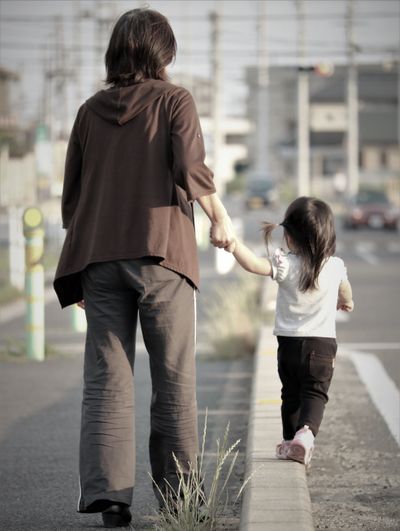Defining gender is both highly important and complex. Gender was often believed to only come in two forms; Male and Female, that gender is part of a binary system that has existed in western society for centuries. Gender as sex and gender as identity is often confused. Male and Female are the gender sex. Masculine and Feminine are part of gender identity. The assumption that a female will be feminine and be attracted to a male who is masculine exists strongly within westernized society. The same belief can be applied to men, who must be masculine and attracted to women. Gender identity is very much different than gender sex. It can exist on the same spectrum, but it does not always happen that way.
Genderqueer is the most common term that is used in western countries. It simply means that a person identifies as both or neither gender, no matter what their biological body is assigned as. A person may also identify as androgynous, mixed gender or sometimes pangender as the latter is a more flexible umbrella term. In contrast, people who move between genders in a fluid way may identify as bigender or gender fluid. While these are somewhat general terms used as an umbrella, there are many options in how a person chooses to describe themselves.
It had been believed for a long time by psychiatrists and by many members of the general public that the belief that a person identifies themselves as the opposite gender of the one assigned to them at birth, have relations with the same gender, or to see themselves a no gender at all was considered a mental illness. Even in 2021, Gender Dysphoria is still a commonly used diagnosis in children who see themselves differently than the gender they were assigned at birth. It is not always an accurate diagnosis or even a useful one. In fact, it may cause other mental health issues in children and adults. A journal article in Social Science & Medicine published in 2018 discusses multiple risk and prevention factors that can interact in complex and dynamic ways when in accounts of suicidality for LGBT young people. In fact, ‘coming out’ as queer, trans, gay, or non-binary can be a major cause of these issues because no one understands well enough.
There is limited understanding of sexual orientation and transgender status that is most meaningfully related to suicidality. Depression and suicide rates do rise when a person is not accepted for their gender and sexual identity, of not being believed. Meeting with mental health workers can help but it can also damage the psyche of the person. It can cause self-oppression. To not be accepted is a constant worry, and as a result, they do not always accept themselves. There is a constant thought of shame because of being anything other than heterosexual because, for a long time, it was not seen as normal. There has been increasing acceptance and understanding of the non-heterosexual community, but it’s still not fully accepted or understood.
In the Journal of Psychology and Sexuality, an article titled: What is gender, anyway: a review of the options for operationalising gender writes that “One important facet of gender is self-defined identity, which can be more or less fluid, or change over time and contexts. For some people, gender identity is stable throughout life and context, whereas for others it varies either from one time to another in life, or overtime and context in daily life.” The question about gender identity can be formulated in different ways. Gender identity is a feeling. One that can be often hard to describe.
While stigma and discrimination are linked to negative health outcomes, peer-connectedness has been noted as a protective factor promoting a positive sense of self among LGBTQ people. Though constantly having to defend their identity to those who don’t or fail to understand can take a toll on a person’s mindset. It can be mentally and physically exhausting. Some people stop trying. It is not just the job of those within the LGTQ+ community to works towards acceptance of identity, but the rest of the world as well.
The commonality of depression and other mental illnesses in LGBT people comes from those feelings of being alone and believing that no one can understand them. It is important for society, mental health workers, and community members to be aware of queer, transgender, and non-binary adding community services to directly help those listed above and to help them to seek and develop opportunities to connect with their peers, to encourage non-binary identity becoming normalized, and to reduce the sensation of feeling invisible and being isolated. In order for the mental health of the marginalized to be improved, everyone needs to be able to work together to help others. It can apply to those who identify outside of the gender norm, and for many others. Gender identity and mental health are intrinsically linked. The training of professionals should reflect that. It should also be reflected with family members of those affected. Mental illness causes a person to feel as though no one knows how they feel, and that they are alone. They need to know that it isn’t the case.






